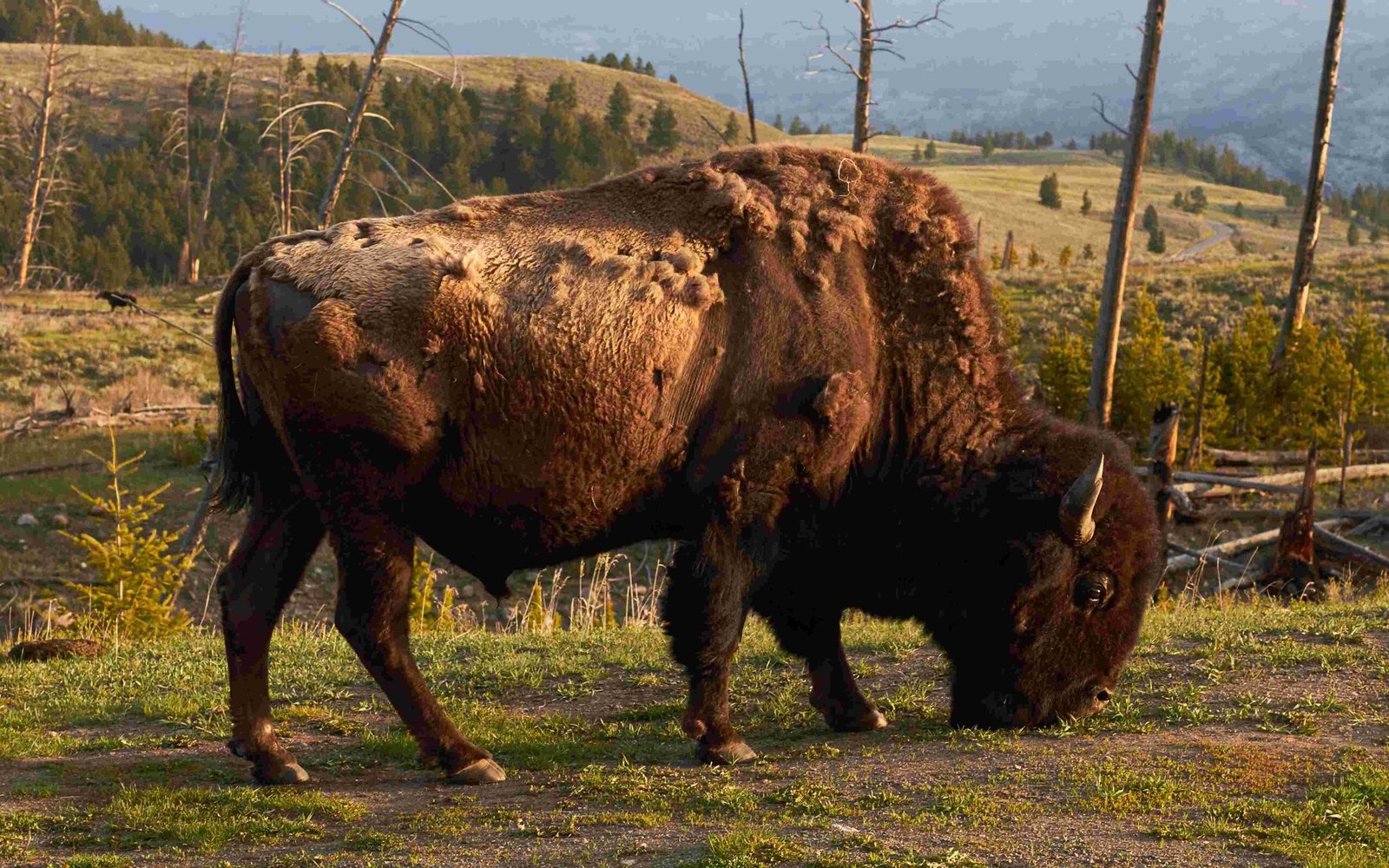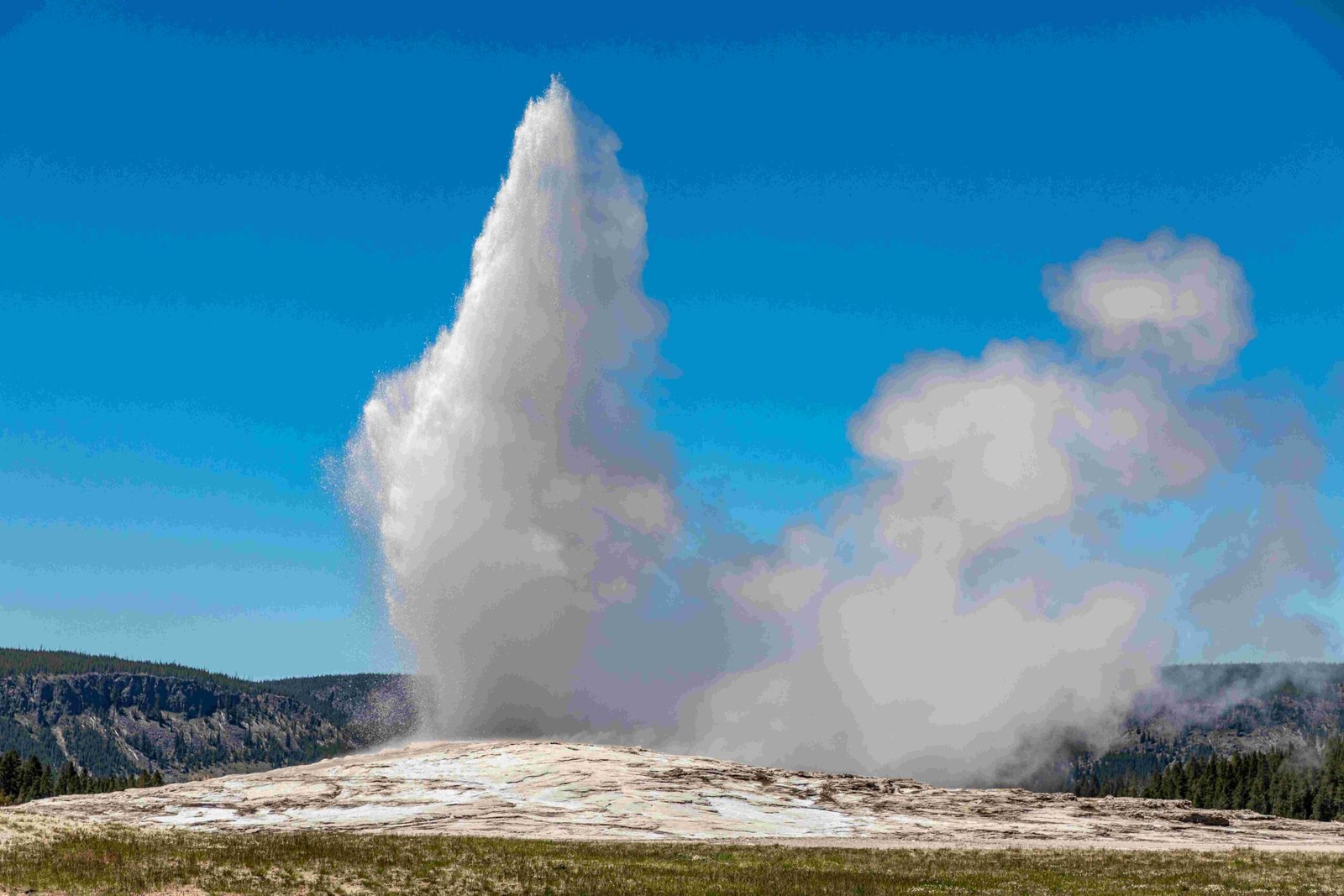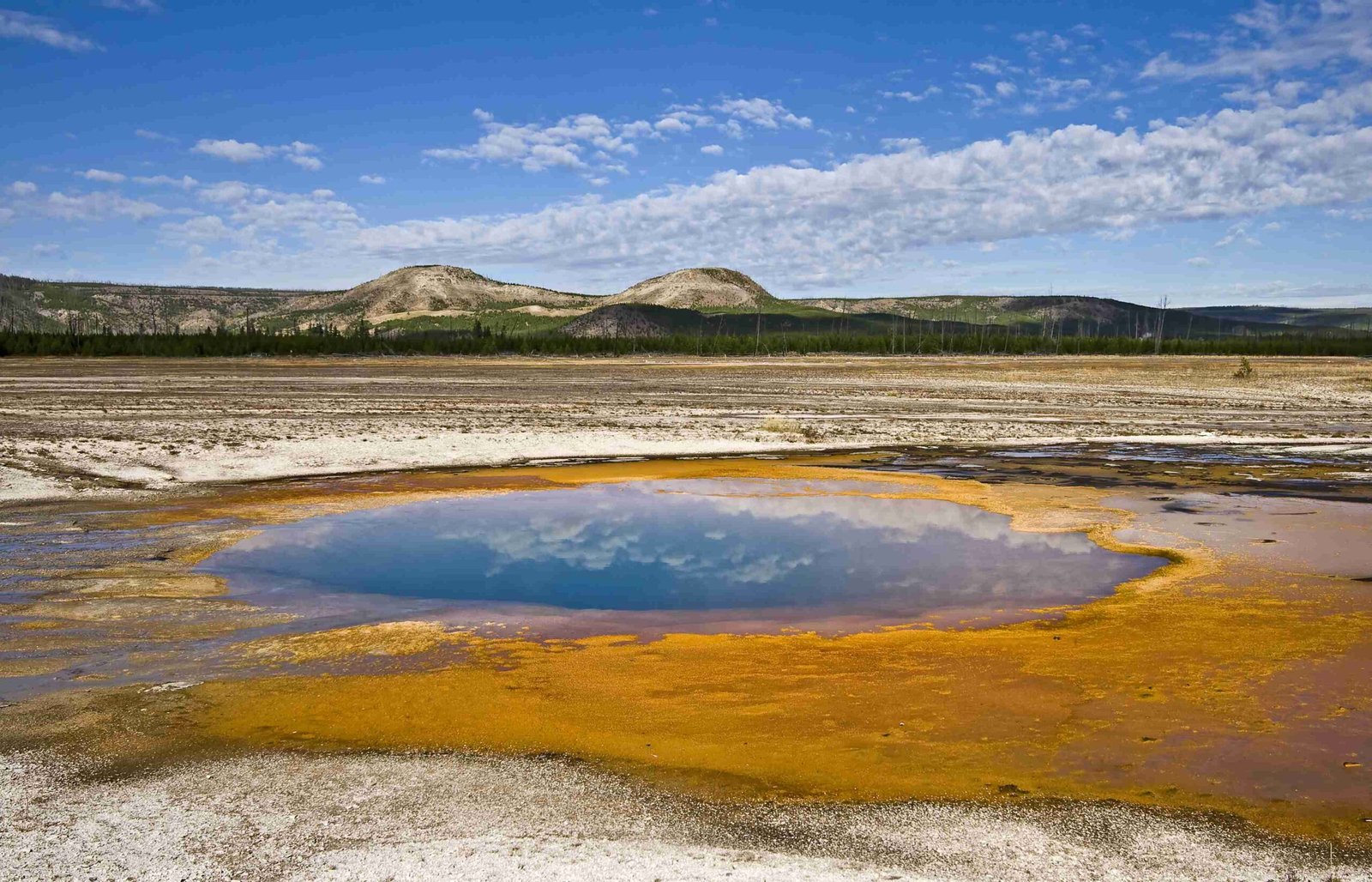Fumaroles in Yellowstone National Park are fascinating geological features that emit steam and gases from the Earth’s crust. These natural wonders are a testament to the park’s volcanic activity and geothermal processes. Fumaroles are found in various locations throughout Yellowstone, each offering unique characteristics and experiences for visitors. From the famous Mud Volcano area to the lesser-known thermal basins, these steam vents provide a glimpse into the park’s dynamic underground systems.
What are Fumaroles in Yellowstone National Park?

Fumaroles are openings in the Earth’s surface that emit steam and volcanic gases. In Yellowstone, these features are part of the park’s extensive hydrothermal system, which is powered by a massive underground magma chamber. Fumaroles form when groundwater comes into contact with hot rocks or magma, causing the water to boil and turn into steam. This steam then rises to the surface through cracks and fissures in the rock.
Key characteristics of fumaroles in Yellowstone include:
- High temperatures, often exceeding 200°F (93°C)
- Emission of steam and various gases, including sulfur dioxide and hydrogen sulfide
- Distinctive hissing or roaring sounds
- Surrounding areas often coated with mineral deposits
Where Can Visitors Find Fumaroles in Yellowstone?

Yellowstone National Park offers several locations where visitors can observe fumaroles up close. Some of the most notable areas include:
- Mud Volcano Area
- Norris Geyser Basin
- Roaring Mountain
- Sulphur Caldron
Each of these locations provides unique opportunities to witness the power and beauty of Yellowstone’s fumaroles.
What Makes the Mud Volcano Area Special for Fumarole Viewing?
The Mud Volcano Area is one of the most popular spots for observing fumaroles in Yellowstone. This area is known for its diverse hydrothermal features, including:
- Dragon’s Mouth Spring
- Mud Caldron
- Grizzly Fumarole
The Grizzly Fumarole, in particular, is a fascinating feature that showcases the dynamic nature of Yellowstone’s thermal activity. Its appearance can change depending on recent rainfall, sometimes resembling a bear’s paw print in the mud.
How Do Fumaroles Contribute to Yellowstone’s Ecosystem?
Fumaroles play a crucial role in Yellowstone’s unique ecosystem:
- Microbial Habitats: The extreme conditions around fumaroles support specialized microorganisms called thermophiles.
- Mineral Deposition: Fumaroles contribute to the formation of colorful mineral deposits on the surrounding landscape.
- Wildlife Attraction: The warmth provided by fumaroles can attract wildlife during colder months.
- Vegetation Patterns: The heat and chemical composition of fumarole emissions influence the types of plants that can grow nearby.
What Safety Precautions Should Visitors Take Around Fumaroles?
When visiting fumaroles in Yellowstone, safety should be a top priority. Here are some essential guidelines:
- Stay on designated boardwalks and trails at all times
- Keep a safe distance from fumarole openings
- Do not touch or attempt to collect any water or minerals from fumaroles
- Be aware of changing weather conditions, as they can affect fumarole activity
- Follow all park ranger instructions and posted signs
How Does Yellowstone Monitor and Study Fumaroles?
Yellowstone National Park employs a team of geologists and other scientists who continuously monitor the park’s hydrothermal features, including fumaroles. Their work involves:
| Monitoring Method | Purpose |
|---|---|
| Temperature Measurements | Track changes in thermal activity |
| Gas Composition Analysis | Understand underground processes |
| Satellite Imagery | Detect surface changes over time |
| Seismic Monitoring | Identify potential volcanic activity |
This ongoing research helps park managers better understand and protect Yellowstone’s unique geological features.
What is the Best Time of Year to View Fumaroles in Yellowstone?
Fumaroles can be observed year-round in Yellowstone, but each season offers a different experience:
- Spring: Melting snow can create dramatic steam plumes
- Summer: Peak visitor season with easiest access to most areas
- Fall: Cooler temperatures make steam more visible
- Winter: Limited access, but stunning contrasts between steam and snow
Consider visiting during shoulder seasons (spring or fall) for a balance between accessibility and visual impact.
How Do Fumaroles Differ from Other Hydrothermal Features in Yellowstone?
Yellowstone is home to various hydrothermal features, each with unique characteristics:
- Fumaroles: Steam vents with limited water supply
- Geysers: Erupting hot springs with constricted plumbing
- Hot Springs: Pools of heated groundwater
- Mud Pots: Acidic hot springs mixed with clay and other sediments
Understanding these differences enhances the visitor experience and appreciation for Yellowstone’s diverse geothermal landscape.
What Role Do Fumaroles Play in Yellowstone’s Volcanic System?
Fumaroles are important indicators of Yellowstone’s volcanic activity:
- They provide information about underground heat and pressure
- Changes in fumarole behavior can signal shifts in the volcanic system
- Studying fumaroles helps scientists assess potential volcanic hazards
By monitoring fumaroles, researchers gain valuable insights into the complex processes occurring beneath Yellowstone’s surface.
How Can Visitors Responsibly Photograph Fumaroles in Yellowstone?
Capturing the beauty of Yellowstone’s fumaroles through photography is a popular activity. Here are some tips for responsible photography:
- Use zoom lenses to maintain a safe distance
- Avoid blocking boardwalks or trails while taking photos
- Be mindful of other visitors and share viewing areas
- Consider early morning or late afternoon light for dramatic effects
- Respect wildlife and do not disturb animals for photos
Remember, safety and preservation of the natural environment should always come first when photographing in Yellowstone.
In conclusion, fumaroles in Yellowstone National Park offer visitors a unique opportunity to witness the power and beauty of Earth’s geothermal processes. By understanding their formation, location, and significance, visitors can fully appreciate these steamy wonders while ensuring their preservation for future generations.
References:
1. Yellowstone National Park Official Website
2. USGS Yellowstone Volcano Observatory
3. Yellowstone’s Hot Springs and Geysers – National Park Service

